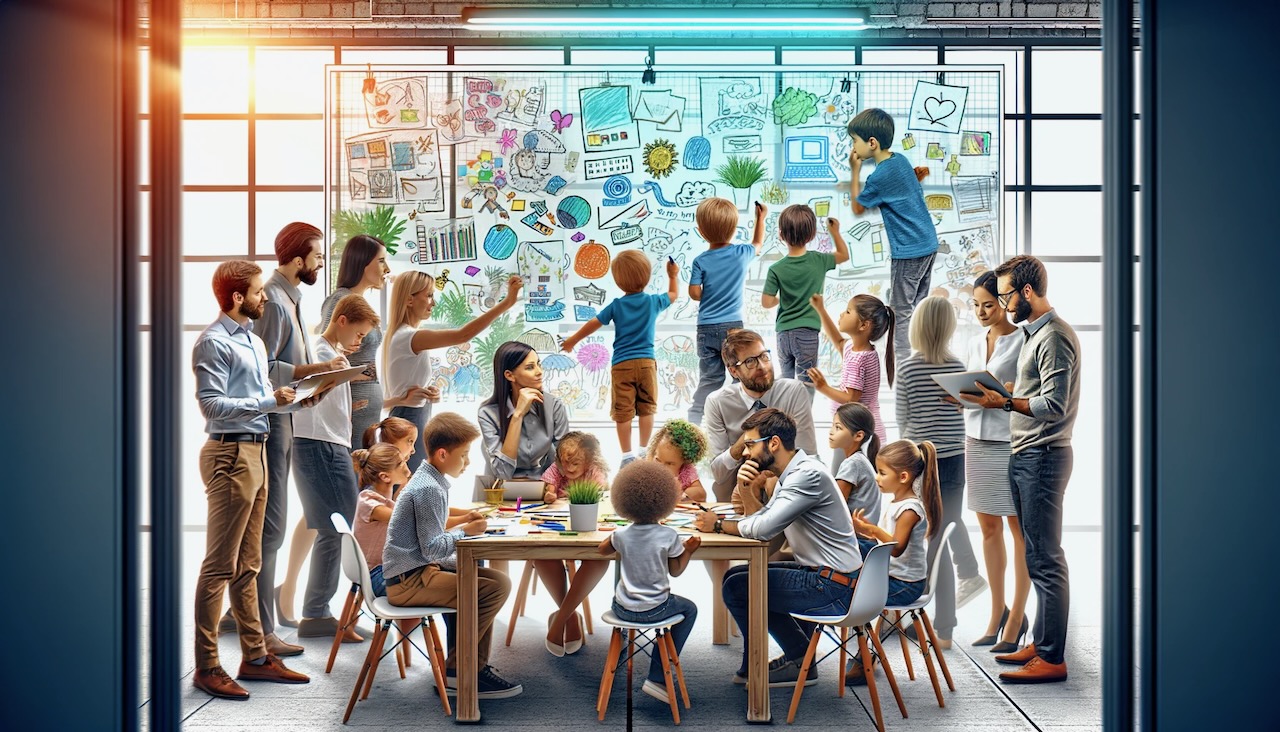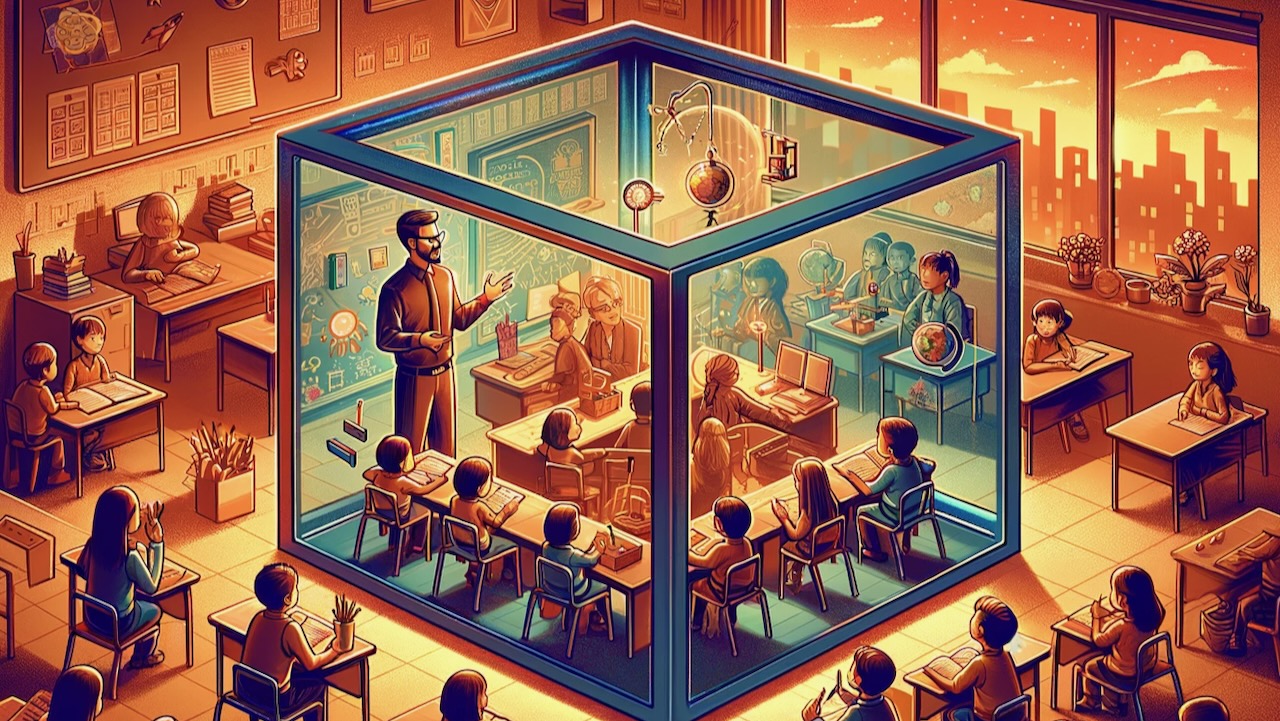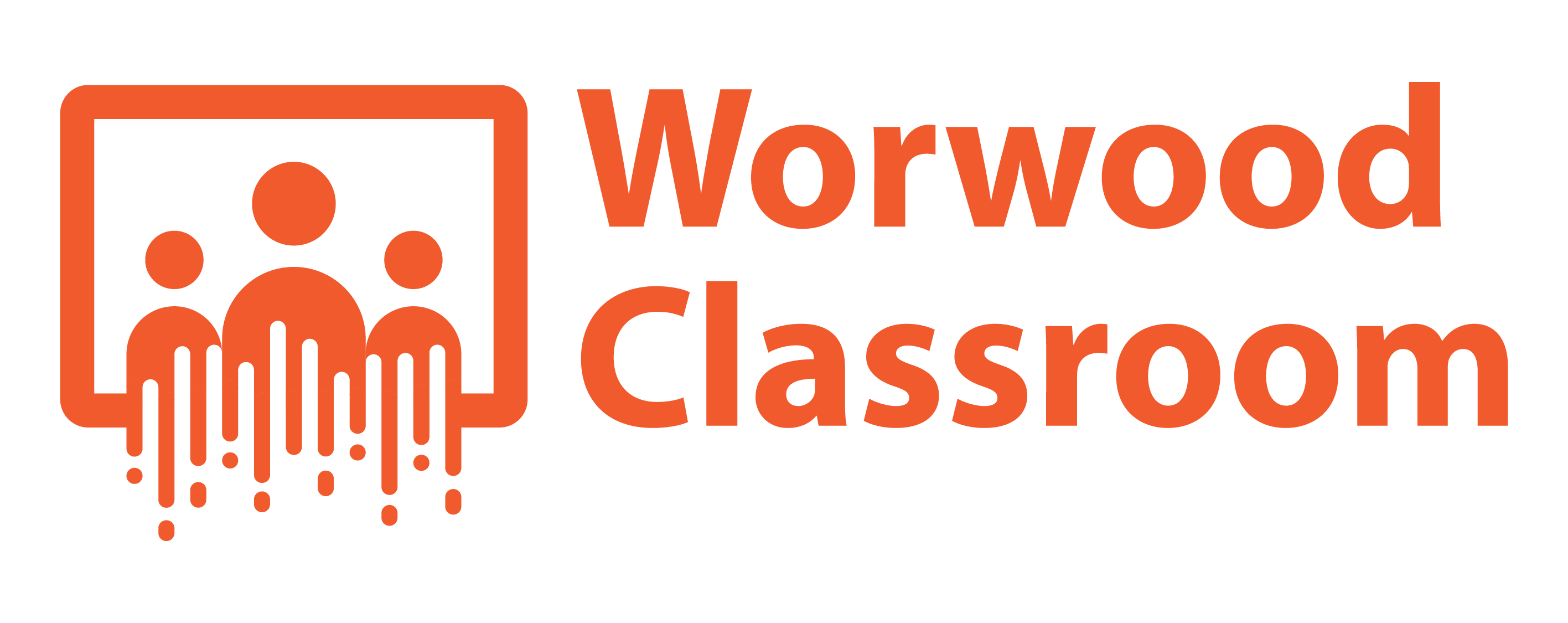Why it might be time to re-evaluate our approach to teaching Divergent Thinking in the Classroom?

All the times we say "come up with ideas" but in reality the time constraints or lack of knowledge make this incredibly difficult for students is likely to be a barrier we can now successfully address with generative AI.
Matthew Worwood Tweet
A significant aspect of research into creativity and generative AI has focused on idea production, which is natural as the current use of tools like Chat GPT facilitates generating ideas in response to a prompt requesting precisely that – ideas. Speculation on what this means for brainstorming-type activities and divergent thinking has become a significant part of my communication on this topic, and I’ve recently landed on the question: should brainstorming enthusiasts re-evaluate their approach to divergent thinking in response to Generative AI?
You might like: Introducing AI Scenario Playquests
This question might make for a useful thought experiment via my ongoing series of AI Scenario Playquests. This activity has helped clarify my thoughts on generative AI and its relationship with a specific learning event about me and my classroom environment.
Divergent Thinking
Before we begin, let’s be clear: I am not suggesting in this post that we stop promoting or teaching the core concepts of divergent thinking. I also emphasize that this post describes a specific situation that I am not generalizing across grades, subjects, and situations – yet.
As we know, discussions of creativity heavily emphasize ideation fluency, with notable divergent thinking principles like concentrating on quantity over quality, withholding judgment, and welcoming unusual ideas applied across variations of brainstorming-type activities.
I’ve often taught and advocated for these principles when tasking students to generate novel ideas in response to a problem or classroom assignments like a paper, science experiment, or design project. I suspect many educators who understand or apply some creative problem-solving process (e.g., design thinking) also do so. Therefore, this AI Scenario playquest focuses on using generative AI tools to facilitate ideation when tasking students to generate ideas in response to a semi-defined problem.
Generative AI for Ideation
With the availability of generative AI, I think there’s value in brainstorming enthusiasts evaluating their approach to divergent thinking in classroom environments.
Consider, for example, how I approached ideation for a writing assignment in one of my classes. Last year, I reserved class time for creativity and promoted divergent thinking skills to enhance and maximize originality. I had the students utilize the World Wide Web to increase their knowledge of potential themes, which is a potential barrier to idea production, and then had them generate a list of all the themes they could potentially explore when writing about a chosen digital media object (e.g., a favorite film, video game, etc.).
Fast forward to this year, and I had the students ask ChatGPT to list the topics they could write about for their digital media object. Then, I had the students tell ChatGPT to expand upon some of the suggestions they received based on preferred interests, curiosities, etc. It took half the time, and working closely with students, some of the ideas were significantly more elaborate and unique than I would expect to obtain without the use of generative AI. This technology also helped address a significant challenge I’ve observed when asking students to produce ideas about a topic they are only starting to learn about. In Arthur Cropley’s highly respected article on convergent thinking, he states that knowledge is a well to which ideas are drawn. This is why we associate domain knowledge with high-stakes creativity and why we value experience in a professional environment. Although I hope time on the web can yield efficient knowledge to support idea production for students, I think generative AI addresses this barrier far more effectively in classroom situations like the one I outline above.
In the first example, I see why we might focus on promoting the teaching of divergent thinking principles, as it can help students consider many alternatives. However, in the second example, I become less sure. Both examples yield ideas, and both require students to select and develop an idea into a creative paper, but the second example generates ideas that most students can’t generate because they don’t have adequate knowledge of their selected topic – because they haven’t studied the field extensively to know about all the potential ideas available to them.
As I expand this idea to other classroom situations, I think there might be times when we want to promote divergent thinking, and other times when we might outsource this particular aspect of the process to generative AI. All the times we say “come up with ideas” but in reality the time constraints or lack of knowledge make this incredibly difficult for students is likely to be a barrier we can now successfully address with generative AI.
LinkedIn Community
I shared a shortened version of this article in a recent LinkedIn post, and the general summary of the discussion was that it depends. Some likened the situation to using calculators (a fair analogy), and some raised concerns about the long-term impact of outsourcing idea production to generative AI tools; what might be the impact on divergent thinking? Other comments highlighted the importance of learning to think divergently without access to the tools and engage in divergent thinking with the tools. However, writing this article and participating in my LinkedIn discussion has made me think brainstorming enthusiasts must re-evaluate their approach to teaching divergent thinking skills in response to Generative AI. Yet, I was reminded that divergent thinking isn’t only part of ideation, but also problem-finding. So to borrow a direct quote from the discussion – “it depends.”

Teachers are designers. We even have a related field of study called instructional design. Design is about solving problems and solving problems within the constraints of a box. That’s why teachers must think inside the box.

Why it might be time to re-evaluate our approach to teaching Divergent Thinking in the Classroom? All the times we say "come up with ideas" but in reality the time constraints or lack of knowledge

AI Literacy can help students know when they are most likely to experience errors, bias, and the potential for misinformation, which might help emphasize the value of human judgment. And understanding how generative AI uses prompts to make predictions can assist future creatives in ideation.

As a mindset, design thinking remains highly relevant across various fields and contexts; design thinking is a collection of principles promoting data use to validate ideas and inform how we solve real-world problems.
Matthew Worwood
I am a professor of Digital Media Design with a research focus on Design Thinking, Teacher Creativity, and technology-assisted creativity. I co-host the Fueling Creativity in Education podcast, blog at DadsforCreativity.com, and I have almost two decades of experience developing new innovative programs across the grades.
